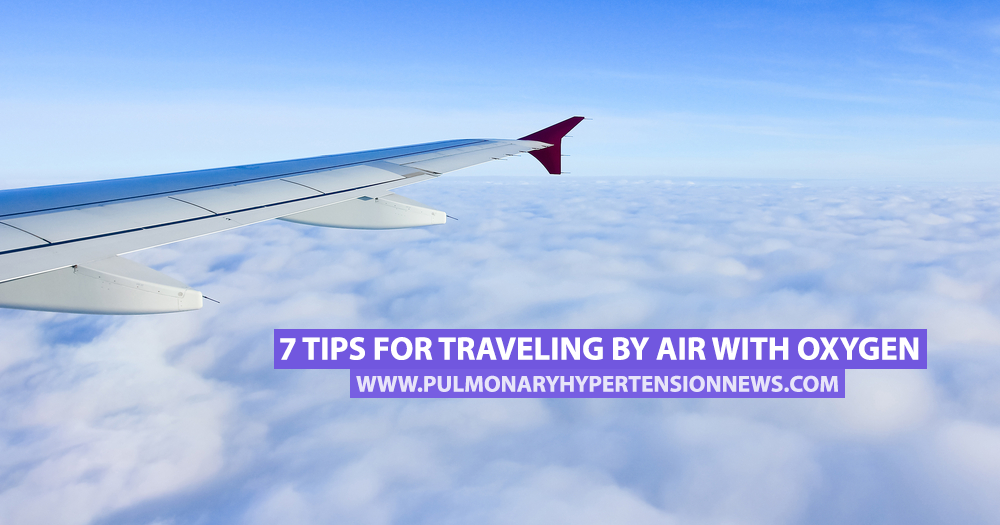-
7 Tips for Traveling by Air With Oxygen
High altitude can cause a decrease in the blood oxygen level. Pulmonary hypertension patients should consult their specialist before traveling by plane. Commercial airlines must pressurize the cabin to 8,000 feet of altitude or less. A pulmonologist may order an altitude simulation test to determine if air travel is safe for you, and may prescribe supplemental oxygen.
Traveling with oxygen can be a hassle, but proper preparation can help.
Get a letter from your doctor.
A letter describing your medical requirements for travel at high altitudes will help you obtain supplemental oxygen and make passing through security checkpoints and boarding a plane easier.
Rent or purchase a portable oxygen concentrator.
Most airlines do not provide medical oxygen, but do allow passengers to use their own portable oxygen concentrators (POCs) in flight. Follow this link for a list of POCs approved by the FAA. POCs may be rented through your oxygen supplier or websites such as OxygenToGo or Travel02. If you will be using one frequently, it may make sense to purchase your own POC, and some insurance providers will reimburse the expense.
Complete and print airline-specific forms.
Individual airlines tend to require their own medical forms filled out by a physician and in your possession the day of your flight. It’s best to send the paperwork to your doctor as soon as you book your flight.
Arrive early.
It may take longer for you to check in and get through security checkpoints with medical equipment and supplies. Allocate extra time so you don’t feel rushed.
Speak with the agents at your gate and ask to pre-board.
Pre-boarding will ensure there is space in the overhead compartment for your carry-on luggage as you will store the POC at your feet.
Be sure to have all the accessories you need, and charge your batteries.
The FAA requires you have enough battery life to last 150 percent of the flight time, but you may want to carry even more to prepare for all scenarios. Bring extra nasal cannulas in case they get dirty or you accidentally leave them on the plane.
Ask for help.
Whenever possible, travel with a companion who can help lift bags and arrange wheelchair transportation to and from your gate. Conserve your energy while traveling so you can enjoy your trip!
Do you have any tips for air travel? Please share below!
Log in to reply.

